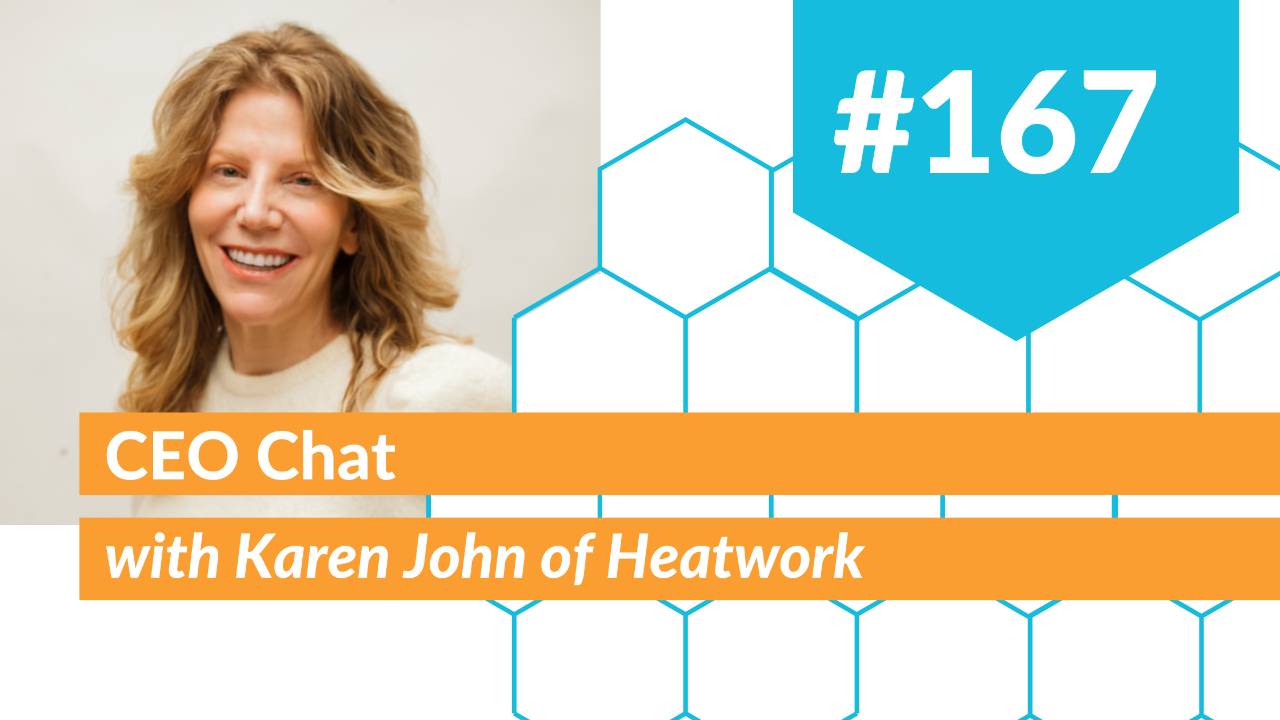Fifty Shades of… Storage? How Heartwork ditched gray and made lockers cool

Curiosity, travel, and a deep respect for makers form the spine of this conversation with Heartwork founder Karen John. The story begins in a small Northern California town and quickly expands across UCLA, Florence, Milan, and Stanford, where exposure to Italy’s multidisciplinary studios reframed what a designer could be. In those studios, the walls between product, environment, brand, and strategy simply didn’t exist. Designers worked hand in hand with manufacturers, engineers, and clients, collapsing the distance between idea and execution. That proximity set a standard that would later inform how Heartwork manufactures in the U.S., keeps design close to production, and treats storage as a tool for culture rather than a commodity. The lesson is universal: when the person who imagines the thing knows the person who makes the thing, quality rises and waste falls.
The conversation turns to design education and the uncomfortable but transformative power of critique. Karen describes early crits with Italian masters as humbling—tears included—but clarifying. Those sessions demanded clear intent: why this form, this joinery, this scale? The rigor sharpened her view of design as a system that extends beyond the object into operations, brand, and community. That mindset made later roles at Design Within Reach (DWR) a laboratory for connecting merchandising, product development, and manufacturing standards. It also made the gap visible in the U.S. market, where agents often shuttle sketches and price targets to distant factories. That chain can dull innovation. By contrast, embedding design with manufacturing opens pathways to iterate, refine, and protect the integrity of a product through to delivery.
Choosing storage as Heartwork’s focus was both practical and contrarian. Storage is bought when people need it, yet it’s long been treated as invisible and purely functional. Karen reframed it as a category where utility and beauty can coexist. This showed up in sheet-steel “gift-wrap” details, robust engineering, and a color strategy developed with Laura Guido-Clark that walks beyond monochrome into palettes that actually lift a space. The now-famous “50 shades of gray” vendor PDF was a turning point and a punchline that still resonates: color shapes energy, belonging, and wayfinding. Large clients—from tech to healthcare—validate the approach with a simple demand: don’t overpay, but don’t replace in six months. That’s why Heartwork builds for durability, offers thoughtful customization at scale, and treats installation simplicity as a design requirement, not an afterthought.
Entrepreneurship threads through the episode with honesty. Starting a manufacturing brand is not for the faint of heart. Early on, external validation is scarce; even a well-meaning family will question the name and the model. The antidote is clarity of intent and a willingness to endure ambiguity. Karen points to team as her proudest achievement: the right people and partners, aligned on quality, carry a company through the inevitable turbulence. Nimbleness—one of small businesses’ superpowers—helps Heartwork co-develop standards with architects and clients, adjust to nuanced site conditions, and move faster than big incumbents burdened by layers. That agility extends toa go-to-market strategy focused on relationships; in this industry, discoverability never ends, and one more rep or dealer introduction can change a region.
The future arrives through AI, and Karen is optimistic. Our industry thrives on complexity—specs, code, budgets, rework—but too often drowns in it. AI can simulate environments, stress-test scenarios, and compress rounds of design development so teams can shift from re-specifying to actually elevating outcomes. Think Gensler-style immersive previews before a shovel hits dirt, or generative tools that reconcile program, circulation, and budget in minutes. If furniture is always last in and first cut, smarter upstream decisions can protect quality instead of shaving line items. The promise is not to erase people but to free them; let machines handle the drudgery so designers, dealers, and manufacturers focus on insight, craft, and care.
Mentorship and purpose close the loop. Careers rarely move in straight lines; the dots connect in hindsight. The practical advice is simple: notice what gives you energy after you do it. If a client workshop, a factory tour, or a material conference leaves you charged, do more of that. Don’t fall in love with business ideas that trap you in daily work you dislike. Instead, choose paths that match the tasks you’ll do most of the time. As Karen puts it, joy and success are not opposites. When you honor what you actually love—people, design, innovation—you bring conviction to hard days and patience to long arcs. That ethos lives in Heartwork’s name: spaces should support both pleasure and productivity, because how we work shapes who we become.
